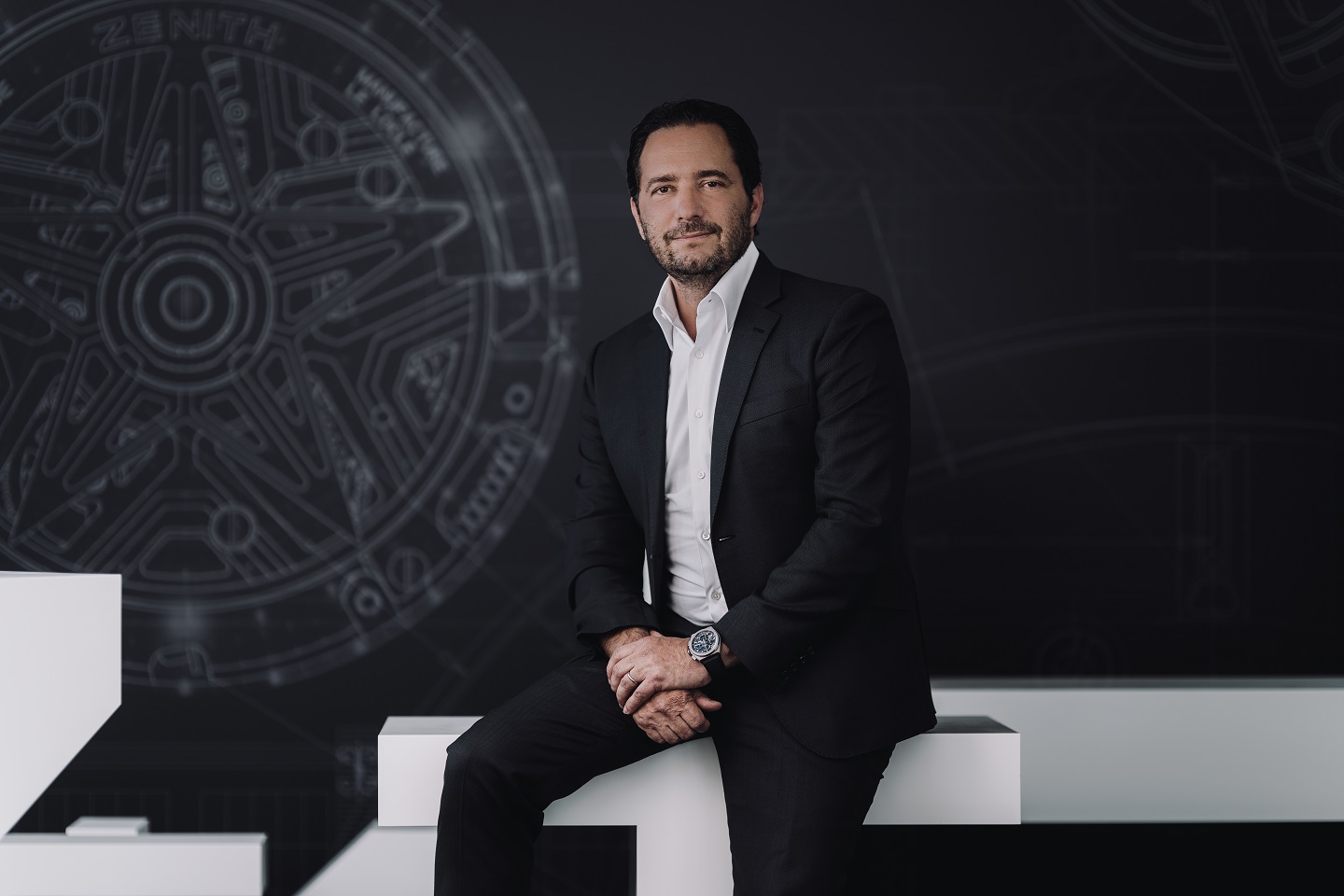
Zenith CEO Julien Tornare (Photo: Zenith)
For a mechanical movement that powers a wristwatch, Zenith’s El Primero calibre boasts quite a compelling history. In 1962, the idea of an automatic chronograph movement took root and in 1966, Zenith’s management decided to create the first ultra-thin, high-frequency integrated automatic chronograph calibre, beating at 36,000 vibrations per hour and able to measure one-tenths of a second. On Jan 10, 1969, at its manufacture in Le Locle, Switzerland, the watchmaker unveiled the El Primero — meaning the first, in Spanish — and went down in watchmaking history as the first brand to publicly launch its own automatic chronograph.
Two years later, the maison was sold to Chicago-based Zenith Radio Corporation. Its American administrators had more faith in quartz movements and, in the midst of the watchmaking crisis, ceased production of mechanical movements and disposed of tooling and machinery required to manufacture them.
Against management orders, foreman Charles Vermot decided to safeguard the tools necessary for the manufacture of El Primero. In all, he managed to save about 150 presses along with many small tools and cams, which were hidden in Zenith’s attic and then walled up so that no one would discover its secret. When the company saw a change in ownership and mechanical calibres were in demand once more, Vermot brought out the large wooden crates that contained proof of his insubordination over nine years. In keeping a secret that almost destroyed his marriage, this ordinary hero enabled Zenith to relaunch production of its legendary chronograph in 1984.
This was among the many fascinating nuggets of information on the El Primero I picked up at an expansive exhibition to celebrate the 50th anniversary of this iconic movement. Held in Singapore from Aug 28 to Sept 1, A Star Through Time granted members of the public an unprecedented opportunity to engage with the brand and embark on an unforgettable sensory voyage through time. Organised together with the Neuchâtel Tourism Office, the exhibition welcomed over 3,000 guests during its run — an occasion grand enough to warrant a visit from Zenith CEO Julien Tornare.
My favourite section of the exhibition was a reproduction of Vermot’s secret attic and a video recorded in the years prior to his death in 2005. His emotional description of why he hid the machinery, the toll that took on him and what it meant to have and use those tools again so many years later moved him to tears and had the same effect on me. Few people in the world can say they are part of watchmaking history, and Vermot’s account of this fact was remarkably touching.
---
For the full story, pick up a copy of The Edge Malaysia (Oct 28, 2019) at your nearest news stand. Save by subscribing to us for your print and/or digital copy.


